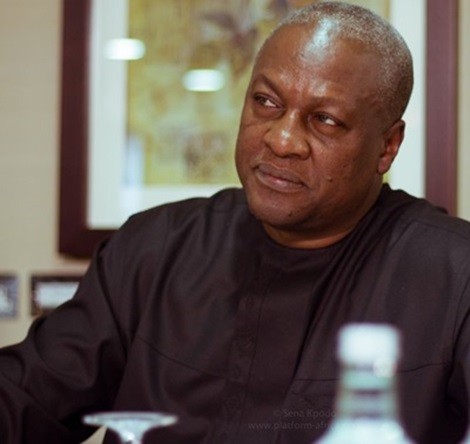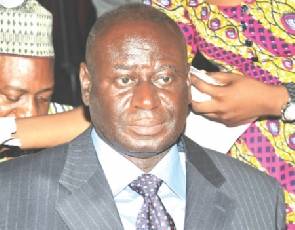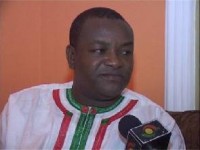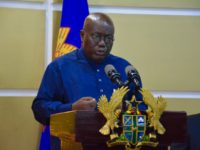THE UNDERREPRESENTATION OF WOMEN IN NATIONAL ELECTIONS: WILL 2020 MAKE ANY DIFFERENCE
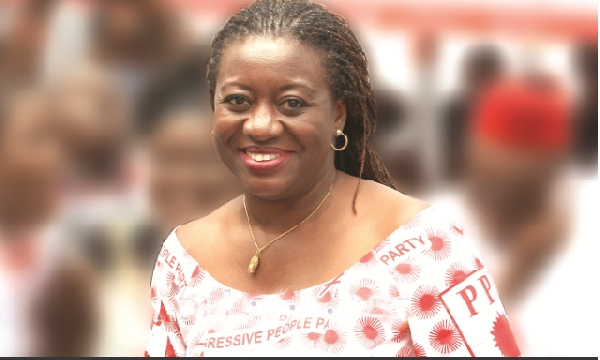
The underrepresentation of women in all sphere of life remains a source of worry for well-meaning Ghanaians, especially in light of the demographical advancement of women (49.32% of the population). Taking a historical retrospect of participation of women in national politics, one cannot help but wonder if women will ever reach the 50% desired representation. Historically, the first woman to contest and win a seat in the Gold Coast Legislative Assembly was Mabel Dave Danquah, the ex-wife of Dr. J. B. Danquah in 1954. Nkrumah is noted to have made a remarkable stripe with his affirmative action through the Representation of People (Women) Act, which created 10 seats in Parliament especially for women as a reward for their immense contribution during Ghana’s independence struggle. The number of seats increased to 18 out of 198 in Nkrumah’s unopposed CPP parliament in 1965. Once Nkrumah was overthrown and Parliament dissolved, the commendable effort made by Nkrumah for women was shelved. In Ghana’s Second Republic, 2 seats were won by women out of 140 seats. In Ghana’s Third Republic, the number of women’s seats increased to 5 seats out of 140 seats. However, this was short lived. Under the military governments, three women were appointed to the National Advisory Committee of the National Liberation Council (NLC) in 1967, one woman was appointed Commissioner of Foreign Affairs by the Supreme Military Council (SMC II) in 1979 under General Akuffo, and two women were appointed as PNDC Secretaries in 1982. Both civilian and military governments provided vastly unequal opportunities for gender parity in politics. Has the Fourth Republic done any better?
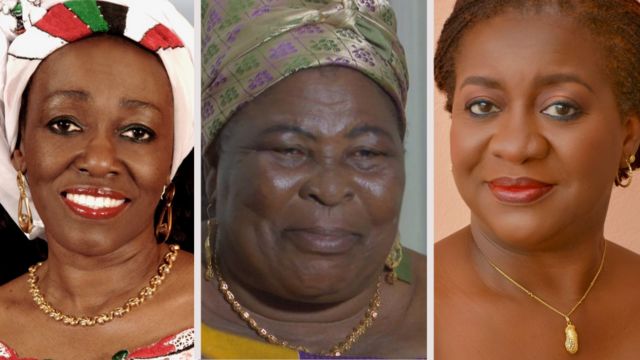
The statistics for the women’s representation in Fourth Republic’s parliaments can be found in the table below:
| Year | Number of women in parliament | Number of Seats | Percentage of Women | Percentage of Candidates |
| 1992 | 16 | 200 | 8% | 5.2 |
| 1996 | 18 | 200 | 9% | 7.3 |
| 2000 | 19 | 200 | 9.5% | 8.7 |
| 2004 | 25 | 230 | 10.9% | 10.9 |
| 2008 | 20 | 230 | 8.7% | 9.5 |
| 2012 | 30 | 275 | 10.9% | 10.0 |
| 2016 | 36 | 275 | 13.1% | 11.7 |
Source: Bauer, “Military Legacy”, p. 51.
The statistic show a slight improvement and a steady growth as compared to the three previous republics, yet the question remains, when will Ghana reach its 30% target of women’s representation. Who and what are responsible for this retarded growth? First Ghana is a well known for its well entrenched patrichal cultural and religious norms which mostly subjugates the woman to the authority of the man and limits women to private life while men explore the public life. As a masculine society, the few women who have broken through the ranks have done so with the active support of the men as husbands, fathers, uncles, brothers, political leaders and religious leaders. Without the support of these, it is impossible for women to achieve such feat. Another challenge faced by women is the political funding. Men are known to be financial buoyant in society that women due to their control of much more resources than women. Therefore, if they are unable to gain the support of these men, their elevation to power will be hampered. In the past, especially in the 70s and early 80s, women were accused of hoarding goods to create artificial shortages and making large profits. Others were accused of exchanging sexual favour for import license, consumer goods and money. The murder of a nursing judge, open flogging of women, destruction of the Makola Market and general policing of women greatly intimidated them as potential aspirants and financiers. (This is not to say that women were the only victim of repressive military policies and unaccounted action of soldiers) This lingering fear and intimidation has been incensed by a vendetta of insult, harassment and show of political muscles.
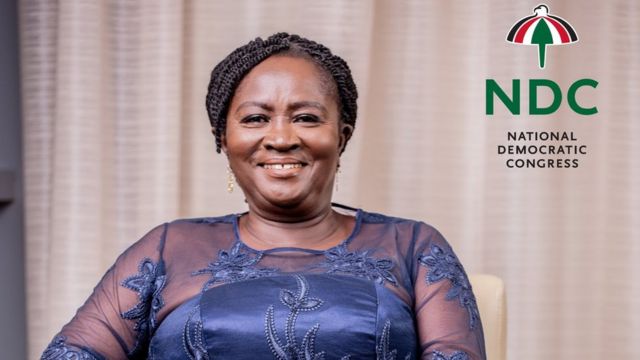
The year 2020 has been tagged by many as the dawn of a new era, with three female aspirants out of twelve presidential hopefuls. The sensationalism is the selection for the first time of a female Vice Presidential aspirant by one of the two major political parties in the country, the National Democratic Congress (NDC). The question remains, will the 8th election in Ghana’s Fourth Republic make the difference Ghana is seeking for?
REFERENCE
Allan-Mensah, B., “Women and Politics in Ghana, 1993-2003”, in Boafo-Arthur, K. (ed), Ghana: One Decade of Liberal State, (Darkar: Codesria, 2007)
Bauer G., “Did You See What Happened to the Market Women?” Legacies of Military Rule for Women’s Political Leadership in Ghana?”, Contemporary Journal of African Studies, 5(1), 2017, pp. 31-59.
Bauer G., “Ghana: Stalled Patterns of Women’s Parliamentary Representation”, in Franceschet S., Krook M., Tan N. (eds), The Palgrave Handbook of Women’s Political Rights. Gender and Politics, (London: Palgrave Macmillan, 2019)
Manu T., “Women and their Organisation during the CPP Period”, Arhin, K. (ed.) The Life and Work of Kwame Nkrumah: Papers of a Symposium organised the Institute of African Studies, (Accra: Sedco Publishing Limited, 1991)
Manu, T., “Doing Gender Work in Ghana”, in Cole, C., Manuh, T. & Miescher S. (eds.) In Africa after Gender? (Bloomington: Indiana University Press, 2007)
